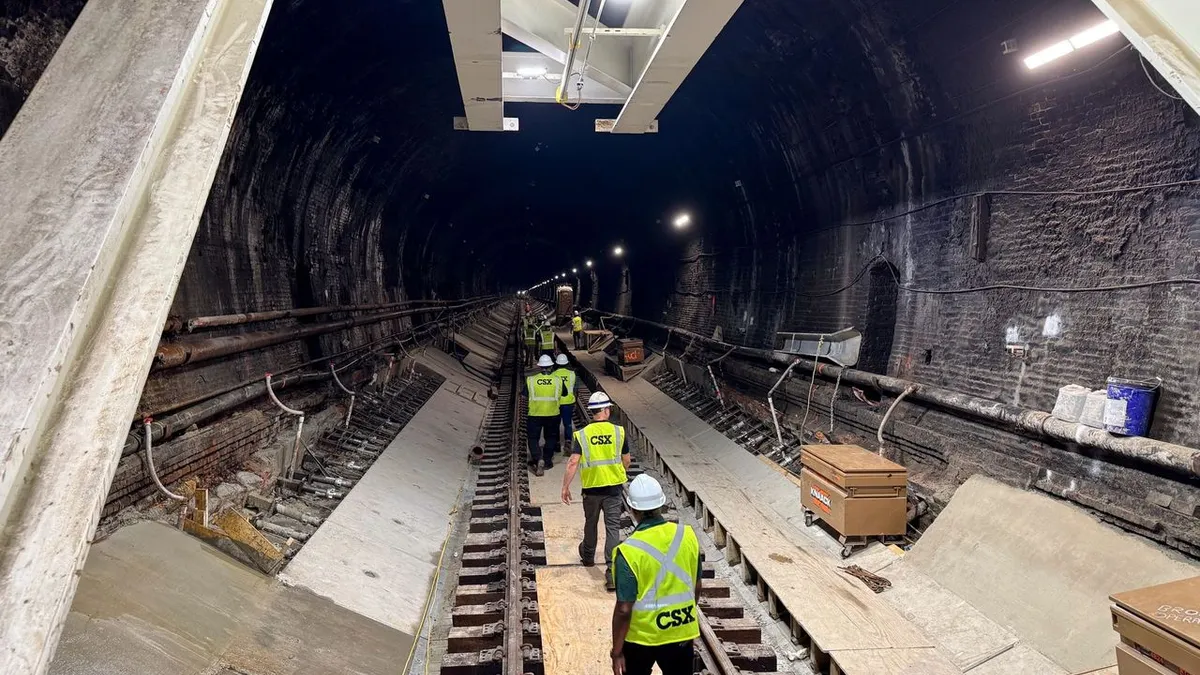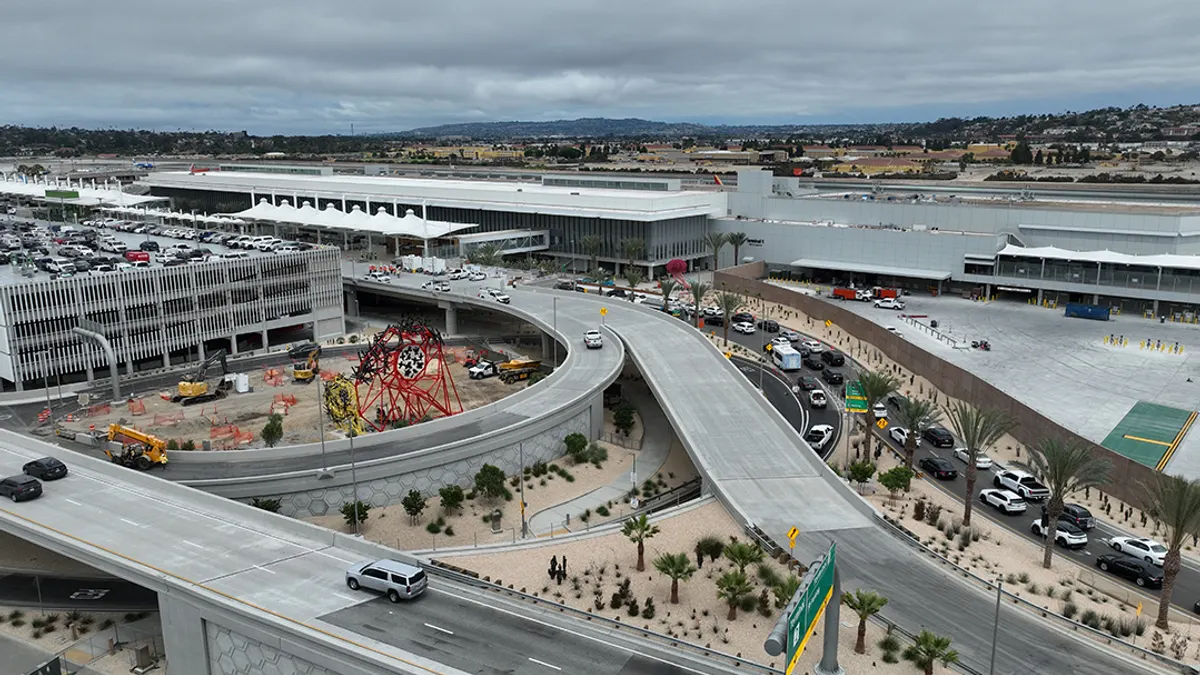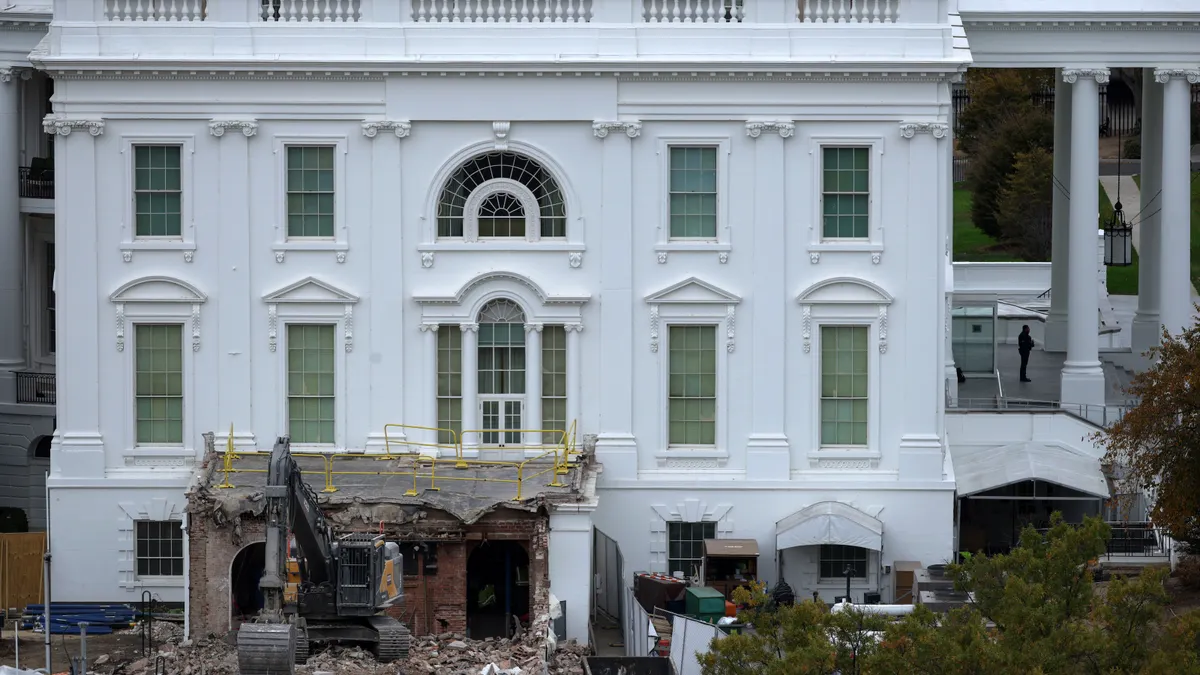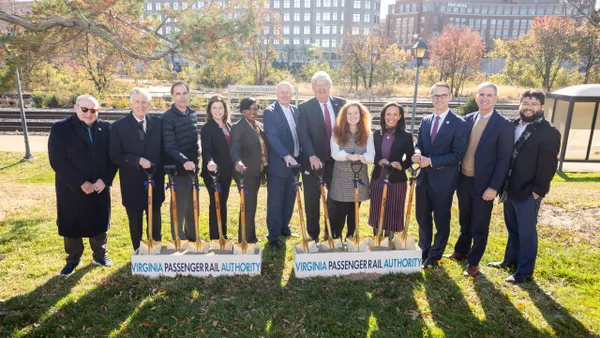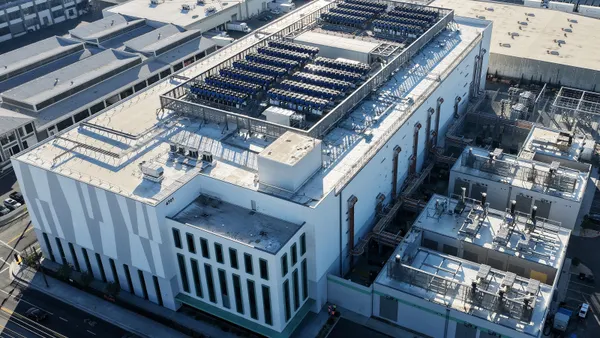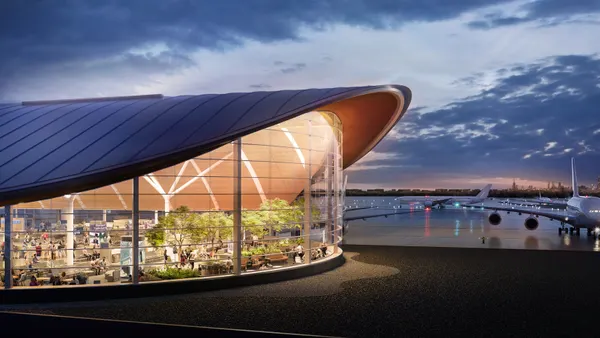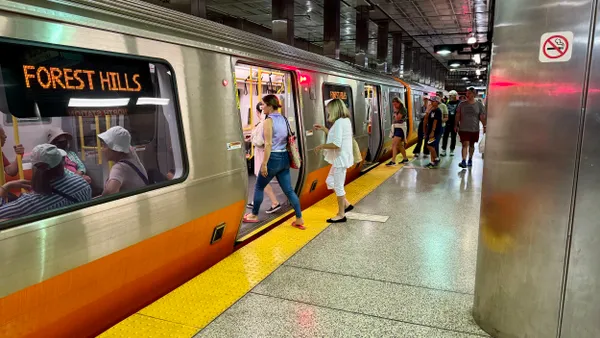A joint venture has reached substantial completion on the $450 million Howard Street Tunnel Project in Baltimore nearly two years ahead of the original completion date, according to a Sept. 30 press release.
Sweden-based developer and builder Skanska and Mid-Atlantic infrastructure firm Fay formed the JV to deliver the tunnel modernization and reconstruction project for railway giant CSX. Fay is a subsidiary of Pittsburgh-based S&B USA Construction, itself the construction arm of Shikun & Binui, an Israel-based global real estate firm.
By expanding the clearance of the tunnels to allow for double-stack trains, the job sought to assist CSX’s capital improvement initiative along the rail corridor between Baltimore and Philadelphia. The upgraded infrastructure artery will aid in improving freight rail efficiency and capacity along the Mid-Atlantic corridor and to Midwest destinations, according to the release.
The project was originally expected to be completed in August 2027. All that remains is the construction of a detention pond and the startup of the pump station at the tunnel’s west portal, Michael Goetz, Skanska’s project manager on the job, told Construction Dive via email.
The contracting team attributed the expedited construction to utilizing a progressive design-build delivery method, which offered flexibility, optimized design and reduced costs. Crews worked a 24/7 schedule over seven and a half months, according to the release.
“The progressive design-build approach created strong collaboration among the owner, contractor, and designer, enabling the team to balance priorities and construction methods,” Goetz said. “The schedule further improved when CSX green lit a continuous tunnel outage for construction.”
The construction team needed to raise the 8,700-foot-long tunnel’s clearance by 2 feet without damaging the original 1895 archway. To do so, crews demolished and excavated the original floor using a custom-built railcar-mouthed gantry crane, which moved and set nearly 1,200 precast concrete invert slabs, each 18-19 feet across, to form the new floor.
The progressive design-build delivery method also permitted the JV to test and refine its plan for lowering the tunnel floor while construction was underway, the release said.



